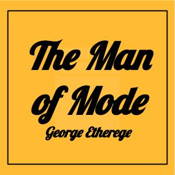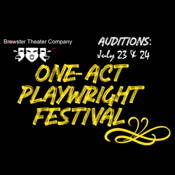
Explore this Show
Overview
Synopsis
George Etherege’s Restoration-era comedy, The Man of Mode, or, Sir Fopling Flutter, revolves around the antics of Dorimant, a libertine, who is keen to seduce the wealthy Harriet and simultaneously untangle himself from his romantic relationship with Mrs. Loveit. Satirizing many of Etherege's contemporaries in Restoration London, Dorimant and his witty associates are determined to get up to no good.
Determined to rid himself of his mistress, Dorimant and his friend, Medley, scheme to take advantage of the notorious fop, Sir Fopling Flutter, by suggesting that Mrs. Loveit has feelings for the daft fool. However, Dorimant is also involved with a younger woman, Belinda, who stirs up trouble with Mrs. Loveit. Meanwhile, Dorimant’s friend, Young Bellair, has been betrothed to Harriet by his lecherous father, Old Bellair. Young Bellair does not want to marry Harriet as he is in love with Emilia. However, Harriet and Young Bellair plan to appear fond of each other to keep their parents in the dark. Taking matters into their own hands, Emilia and Young Bellair marry, while Harriet and Dorimant skirt around each other in a witty, barbed game of seduction. Despite being perpetually plagued by his former lovers, Dorimant eventually prepares to settle down and leaves to join his new fiancee, Harriet, in the country.
Show Information
- Book
- George Etherege
- Category
- Play
- Age Guidance
- Youth (Y)/General Audiences (G)
- Number of Acts
- 5
- First Produced
- 1676
- Genres
- Comedy, Satire
- Settings
- Period, Multiple Settings
- Time & Place
- London, Seventeenth Century
- Cast Size
- large
- Licensor
- None/royalty-free
- Ideal For
- College/University, Large Cast, Professional Theatre, Regional Theatre, Star Vehicle Male, Mostly Female Cast, Includes Adult, Mature Adult, Young Adult Characters



